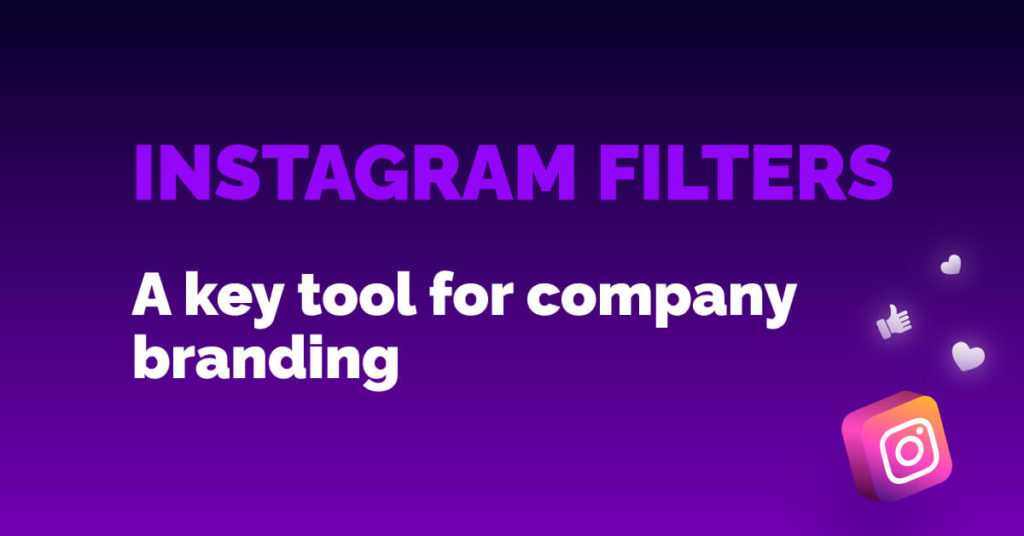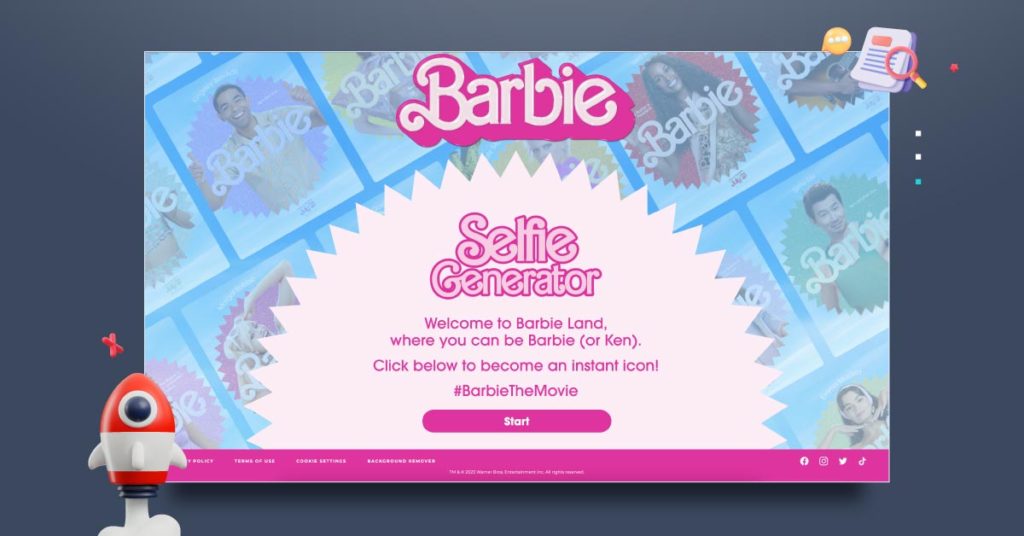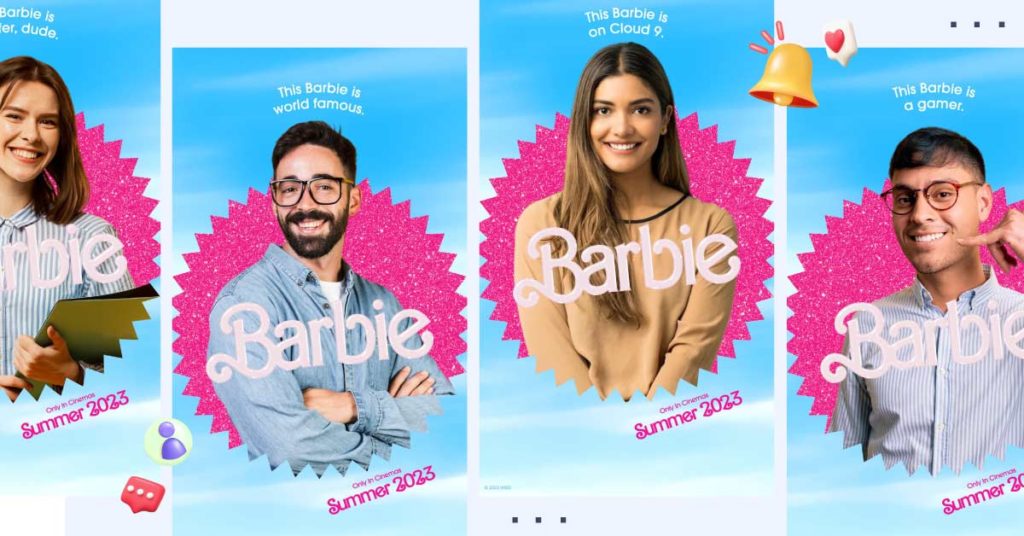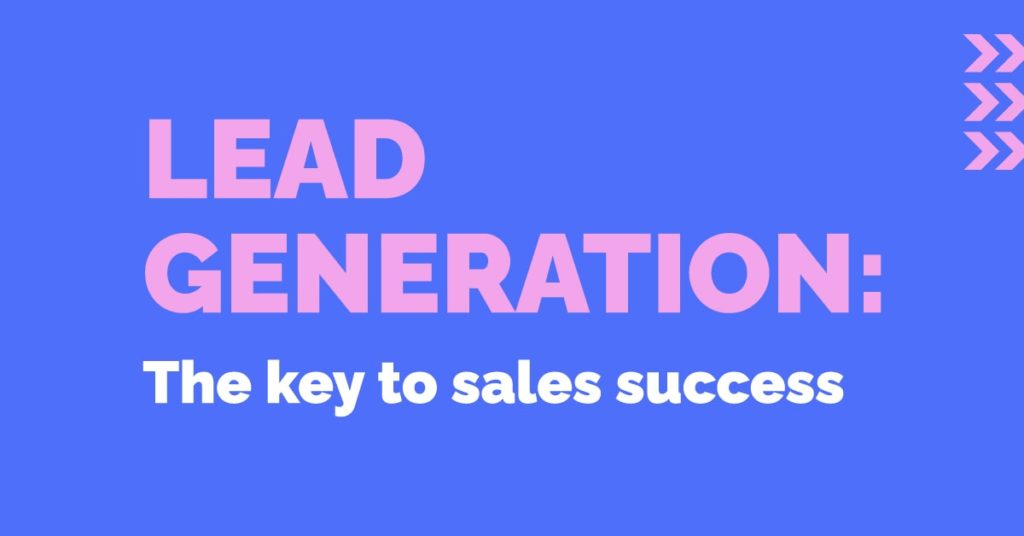In today’s fast-moving world of social media, Instagram stands out as a top space for sharing creative content and connecting with others. But, many users face a common problem: the shadowban. This hidden issue can greatly reduce your visibility on the platform. This guide is here to explain what a shadowban is and give you clear steps to avoid it in 2024. An Instagram shadowban is the term used to describe the platform’s act of silently restricting an account’s content visibility. This can result in your posts not appearing on anyone’s feed, Explore page, or Story reel unless they’re already following you. While not an official term used by Instagram, the effects of what users describe as a shadowban can be felt significantly: decreased engagement, lost followers, and reduced reach. The frustration lies in the lack of notification or warning from Instagram, leaving users confused and unaware of their decreased visibility. The concept of the Instagram shadowban revolves around the platform’s algorithms and moderation practices intended to maintain a safe and engaging environment. These systems automatically filter out content that may violate Instagram’s Community Guidelines or Terms of Use. When an account frequently engages in questionable activities—such as repetitive use of banned hashtags, spammy behavior, or posting inappropriate content—it may trigger the platform’s protective measures, thus reducing the account’s visibility. Although Instagram denies the existence of shadowbanning, the automated nature of content moderation means that genuine accounts can sometimes be unfairly penalized. 1. Respect the Community Guidelines: Immerse yourself in Instagram’s Community Guidelines and Terms of Service. It’s like the rulebook of the sea—know it, live by it. Foster a positive environment, steer clear of inappropriate content, and ensure all your uploads are rightfully yours or properly licensed. 2. Humanize Your Actions: If your Instagram activity resembles that of a bot, with superhuman speed in liking, following, or commenting, you’re inviting suspicion. The platform’s spam policies are clear: no hyperactive, automated behaviors. So, slow down, be human, and avoid raising red flags that could freeze your account. 3. Consistency is Key: Erratic posting can be as harmful as a shadowban itself. Regular, consistent engagement keeps your ship afloat in the vast Instagram ocean, ensuring your followers—and potential new ones—continue to enjoy your content. 4. Avoid Banned Hashtags: Like navigating through treacherous waters, using the wrong hashtags can sink your visibility. Regularly audit your hashtags, removing any that have been banned or deemed problematic by Instagram. 5. Sensitive Content Warnings: When discussing delicate topics, it’s crucial to handle them with care. Use content warnings, and when necessary, blur out sensitive imagery. Instagram might curb your reach if it believes you’re promoting harmful content, even if your intent is to raise awareness. There are actionable steps you can take to try to lift the veil of invisibility and get back into the good graces of the algorithm. Here’s a roadmap to recovery if you suspect you’ve been shadowbanned: While the shadowban remains a topic of debate, what’s undeniable is Instagram’s commitment to maintaining a safe and authentic platform. By following the guidelines, engaging genuinely, and creating valuable content, you can navigate the platform confidently, without fear of being lost in the shadows. In 2024, let’s focus on building meaningful connections and sharing our best selves on Instagram, shadowban or not. At Isource Marketing, we firmly believe that businesses should take the latest trends to make their marketing actions more effective and boost their processes. Please, feel free to contact us for advice or quotes on marketing solutions, and take the bold step to enhance your B2B/B2C strategies with us.
How to avoid Instagram shadowban in 2024?
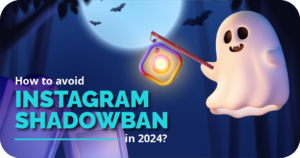
What is a Instagram shadowban?
How Instagram shadowban works?
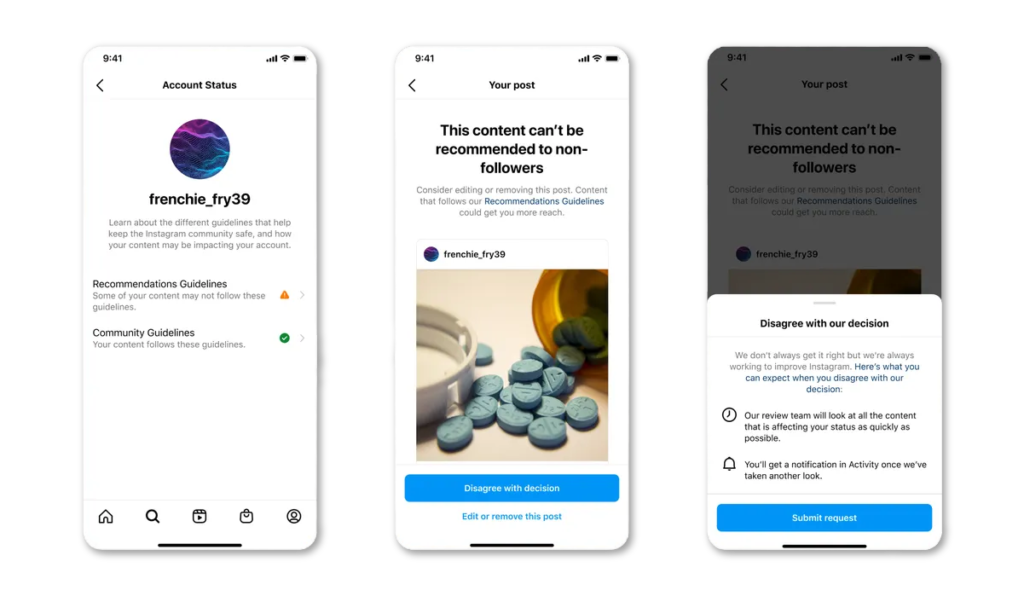
5 ways to avoid an Instagram shadowban
What can you do if you’ve been shadowbanned on Instagram?
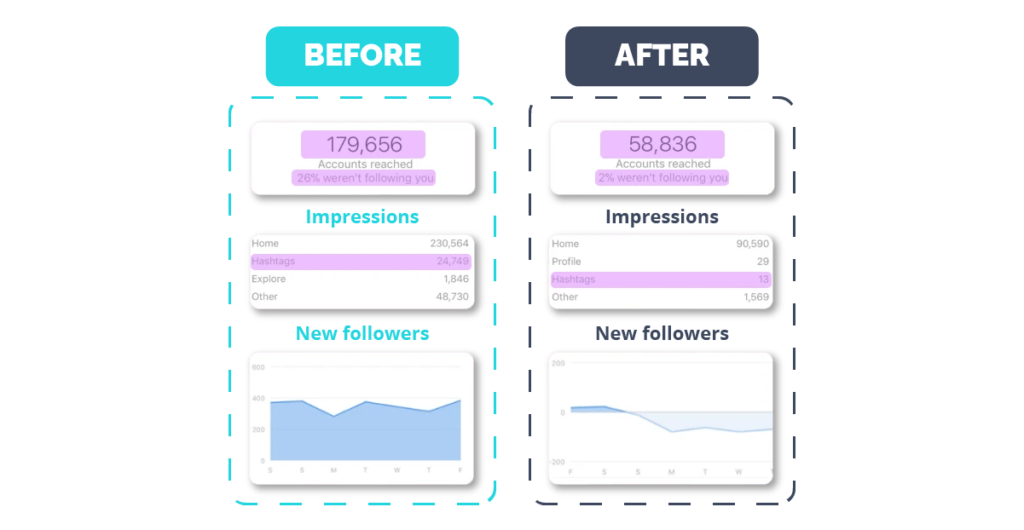

MORE ENTRIES

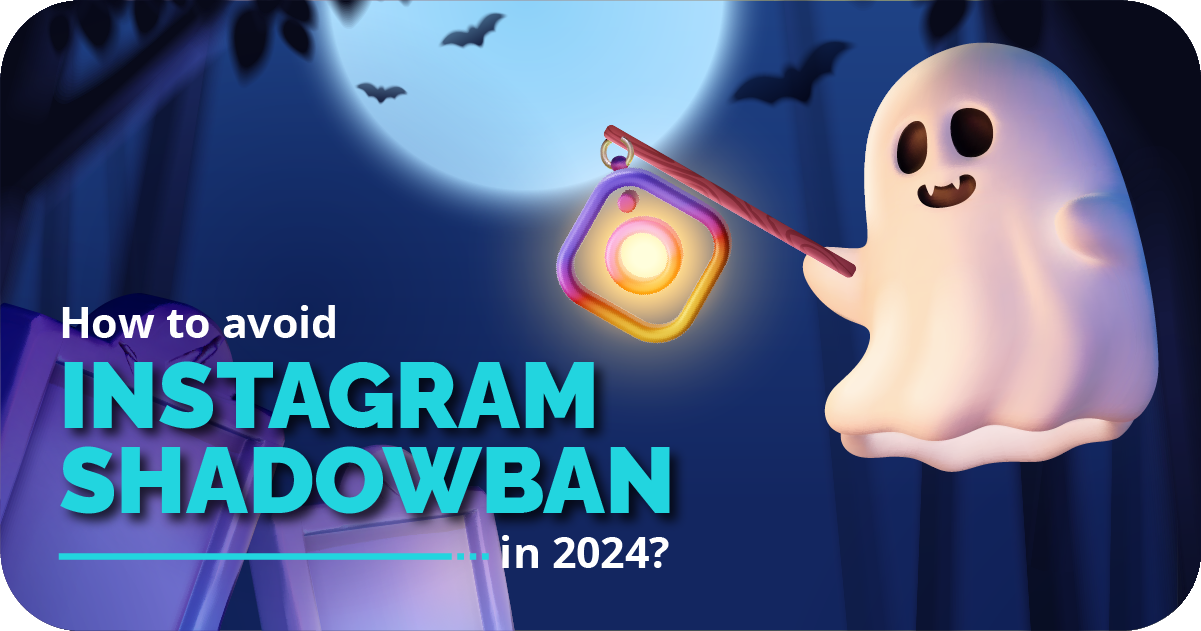

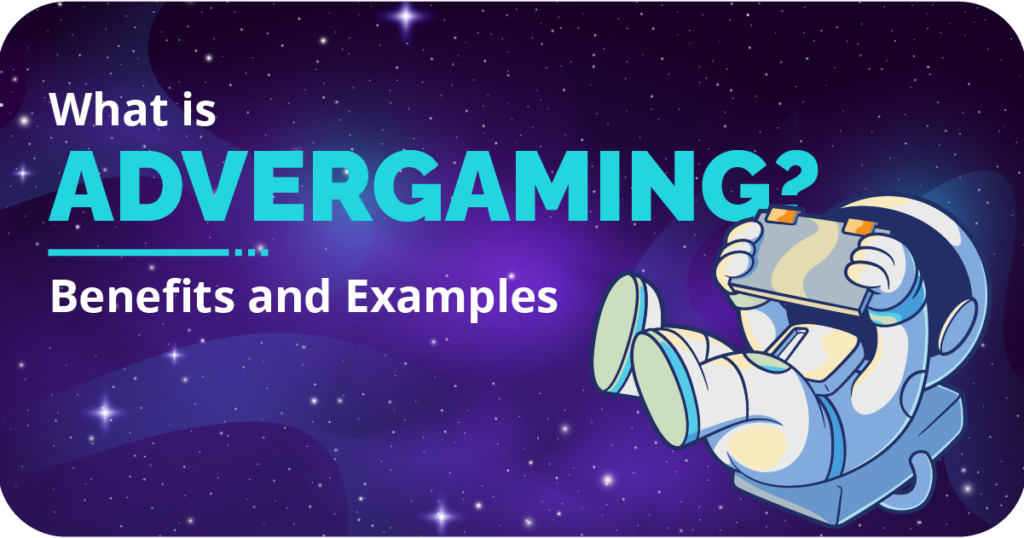


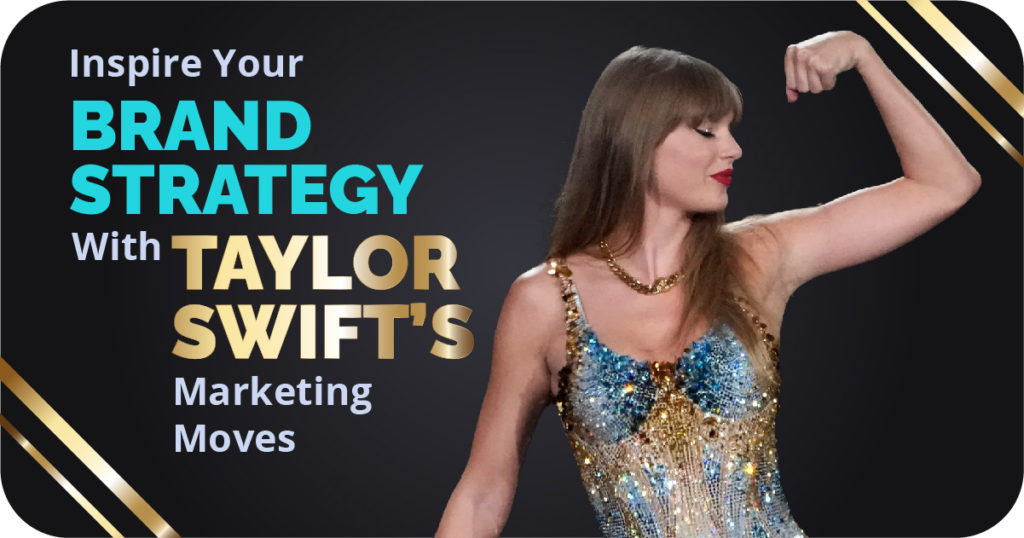
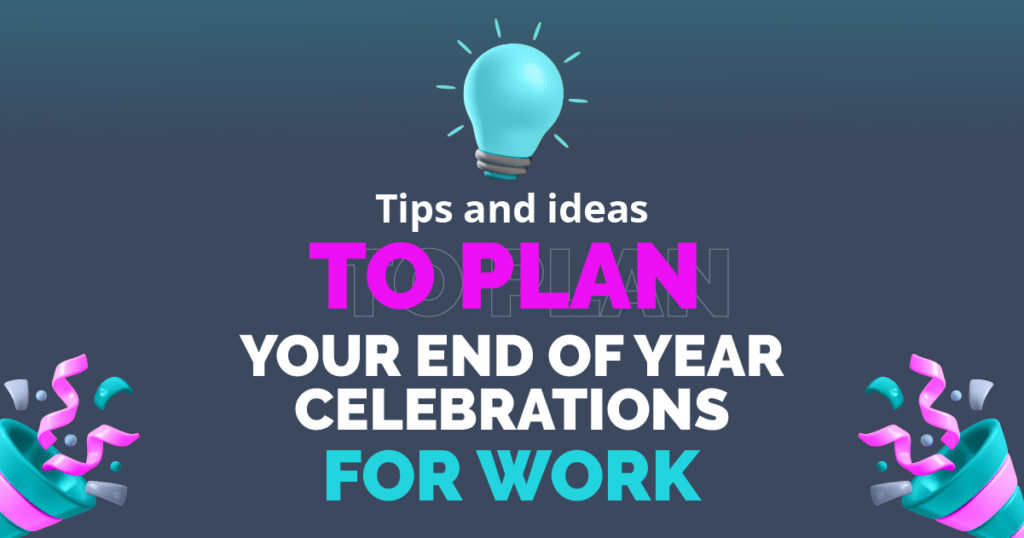
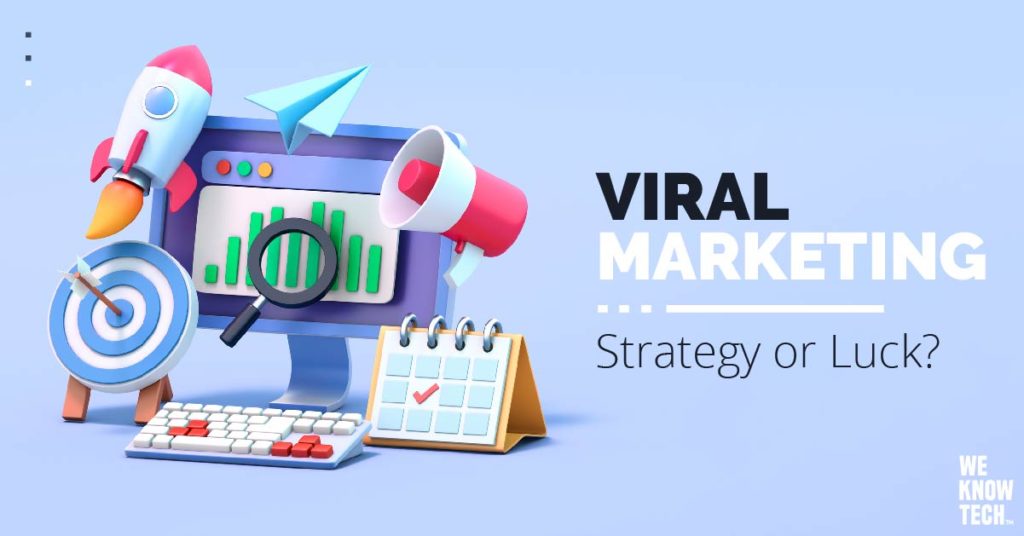
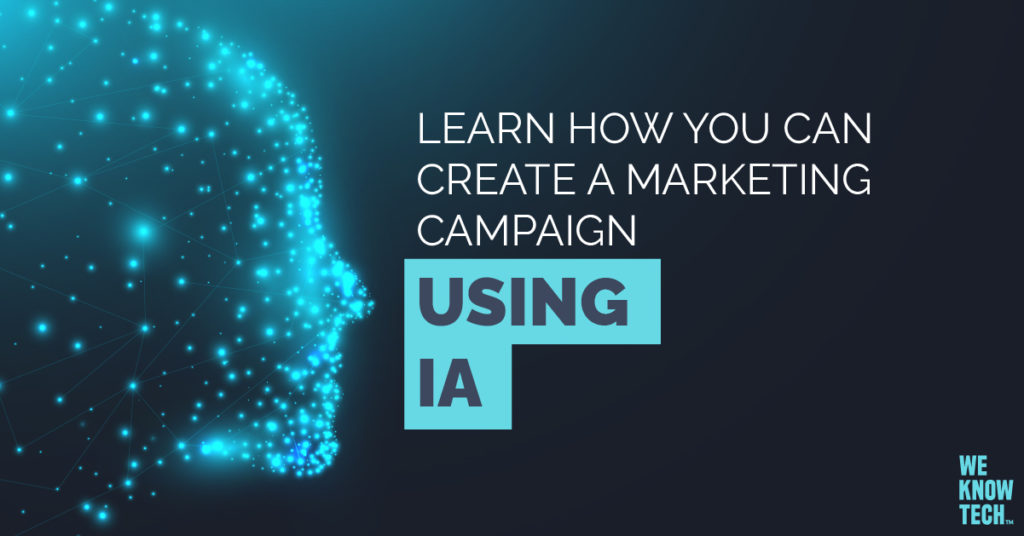
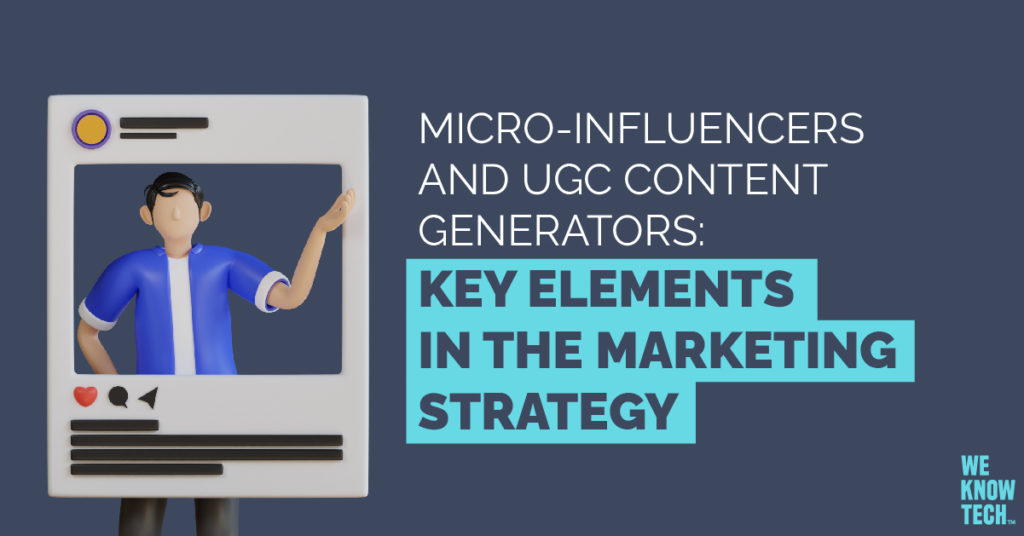
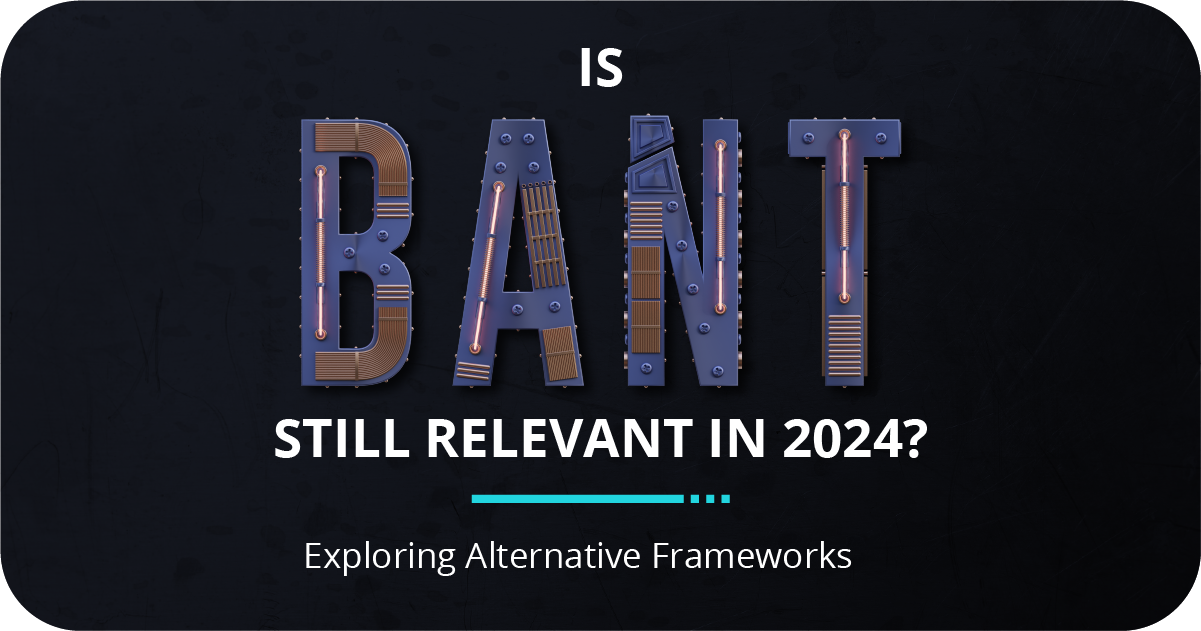
 In today’s fast-paced world of business-to-business (B2B) technology sales, the methods we use to find and support potential customers are always changing. BANT, a tried-and-true approach, has long been a key tool. Created by IBM, BANT helps sales teams figure out if a potential customer has the Budget, Authority to make a purchase, a Need for the product, and a suitable Timing. This approach has been essential for sales teams to determine if a prospect is likely to become a customer.
In today’s fast-paced world of business-to-business (B2B) technology sales, the methods we use to find and support potential customers are always changing. BANT, a tried-and-true approach, has long been a key tool. Created by IBM, BANT helps sales teams figure out if a potential customer has the Budget, Authority to make a purchase, a Need for the product, and a suitable Timing. This approach has been essential for sales teams to determine if a prospect is likely to become a customer.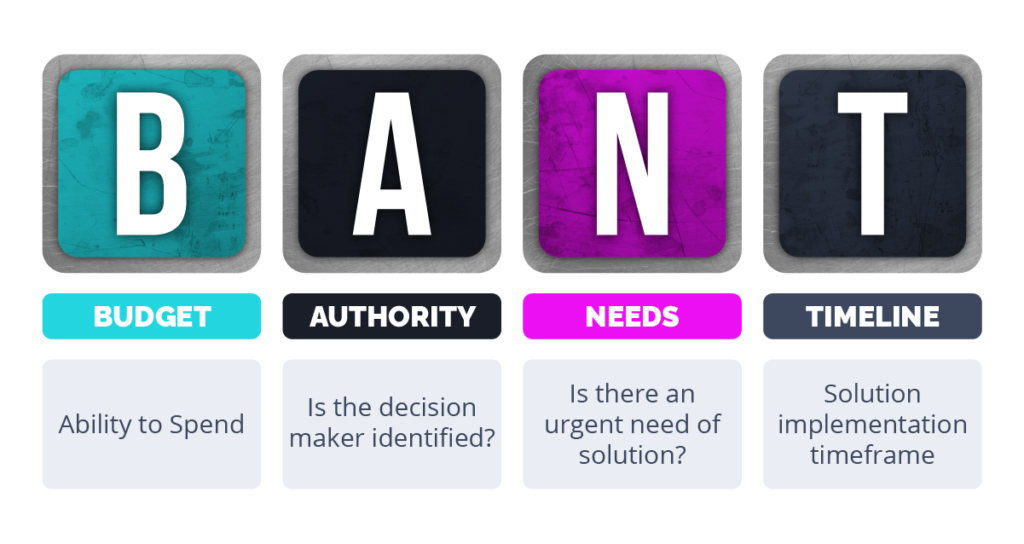
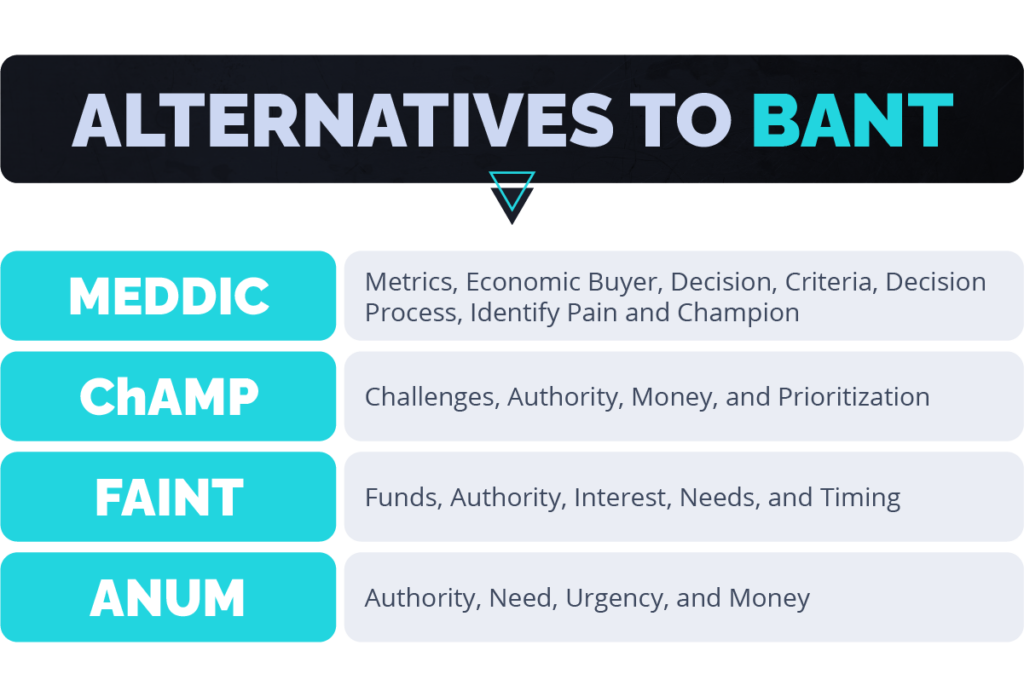

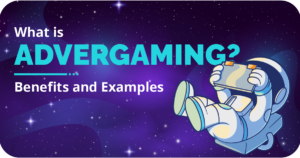

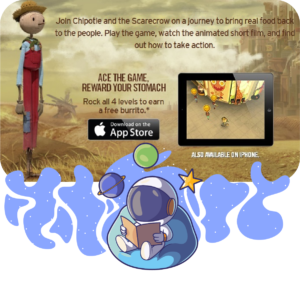
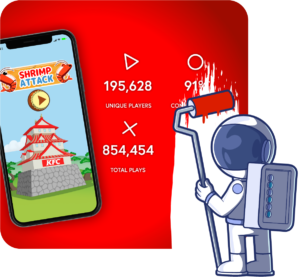
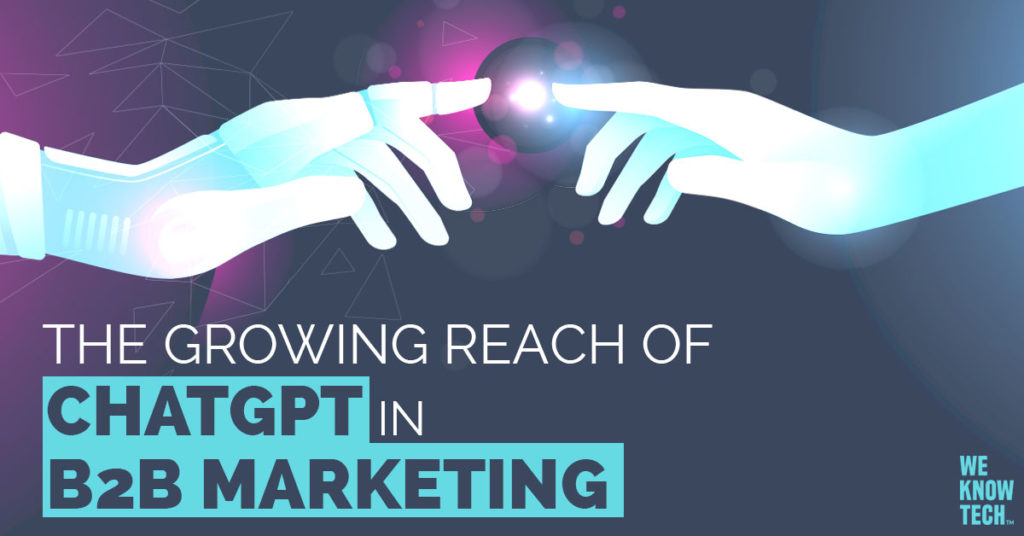



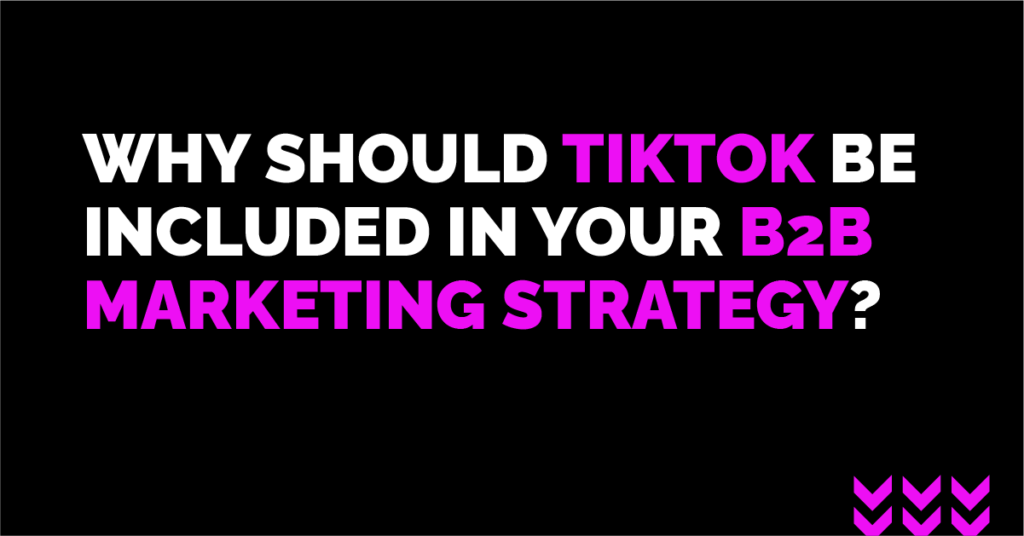







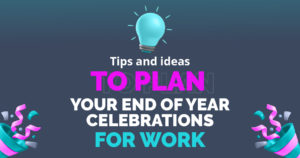 With the end of the year just around the corner, many companies are looking for special ways to thank their teams and celebrate their accomplishments. Year-end parties not only serve to bid farewell to the year that is leaving, but also to motivate and energize the team or allies for the year ahead.
With the end of the year just around the corner, many companies are looking for special ways to thank their teams and celebrate their accomplishments. Year-end parties not only serve to bid farewell to the year that is leaving, but also to motivate and energize the team or allies for the year ahead. 




